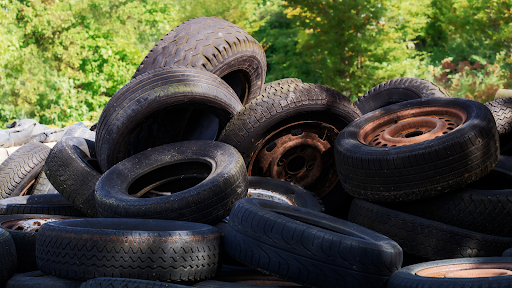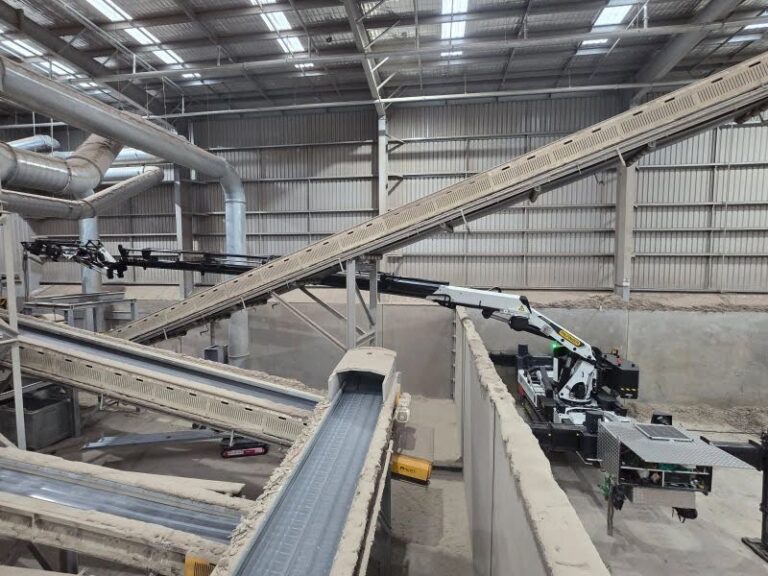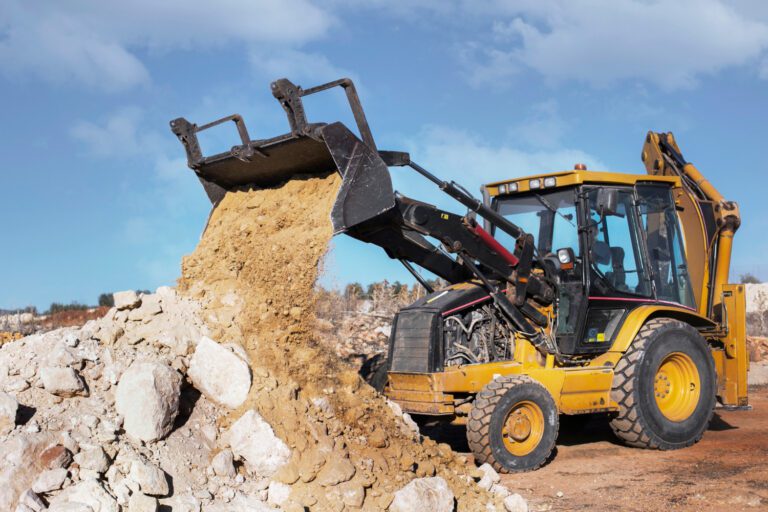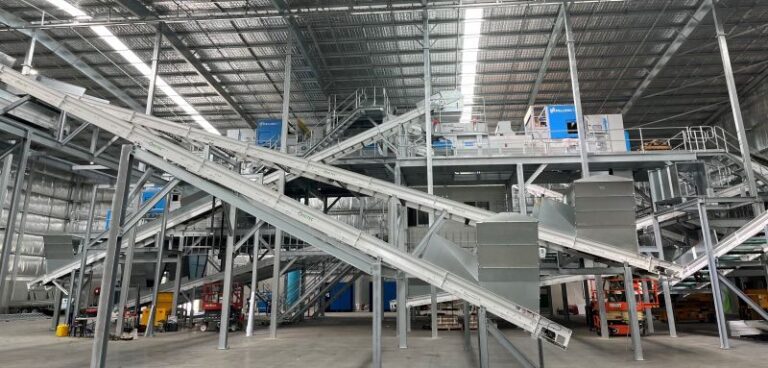
Waste Tyres And Environmental Pollution: Can Industrial Recycling Provide A Long-Term Solution?
Tyres are made from highly durable synthetic materials, including non-renewable components such as rubber, carbon black, and steel. As these
OGTEC has been your trusted partner in meeting the market demands for co-mingle mixed-materials recycling since 2015. As the recycling industry rapidly evolves, co-mingling recycling has become an important part of the recovery of recyclable materials such as plastics, metals, paper, and cardboard in one streamlined process. However, effectively processing these mixed materials to the high standards that are required involves knowledge, experience and the inclusion of advanced sorting technologies to achieve high purity and recovery rates. At OGTEC, we understand these industry challenges and are committed to delivering recycling solutions that meet the highest standards. We guarantee that our clients benefit from world-class recycling technology and reliable service, ensuring optimal performance and exceptional results.
OGTEC has been your trusted partner in meeting the market demands for co-mingle mixed-materials recycling since 2015. As the recycling industry rapidly evolves, co-mingling recycling has become an important part of the recovery of recyclable materials such as plastics, metals, paper, and cardboard in one streamlined process. However, effectively processing these mixed materials to the high standards that are required involves knowledge, experience and the inclusion of advanced sorting technologies to achieve high purity and recovery rates. At OGTEC, we understand these industry challenges and are committed to delivering recycling solutions that meet the highest standards. We guarantee that our clients benefit from world-class recycling technology and reliable service, ensuring optimal performance and exceptional results.
The optical sorter uses near-infrared (NIR) technology to determine the material type( composition of the material). It detects the material type as it passes under the NIR sensor on a high-speed conveyor and then uses air to shoot the material into the correct sorting category. The optical sorter can be used for various types of plastics, paper, and other materials with high precision and improves the sorted materials’ purity.
The eddy current separator is designed to remove non-ferrous metals, such as aluminum cans, from the recycling stream. It uses a magnetic field to repel the non-ferrous material as it passes over the head drum of the eddy-current conveyor. The non-ferrous material is ejected out of the material stream.

Tyres are made from highly durable synthetic materials, including non-renewable components such as rubber, carbon black, and steel. As these

The Australian waste management sector is under mounting pressure, with 75.6 million tonnes of waste generated in 2022-23. Conventional handling

Plastic remains one of the most dangerous threats to our environment, with millions of tonnes of waste generated worldwide every

The construction and demolition (C&D) industry generates one of the largest waste streams worldwide, producing millions of tons of debris

Did you know Australian businesses generate over 7.4 million tonnes of waste annually? Most of it, plastics, packaging, textiles, and

It has been reported that Australia generates over 76 million tonnes of waste annually, with more than 32 million tonnes